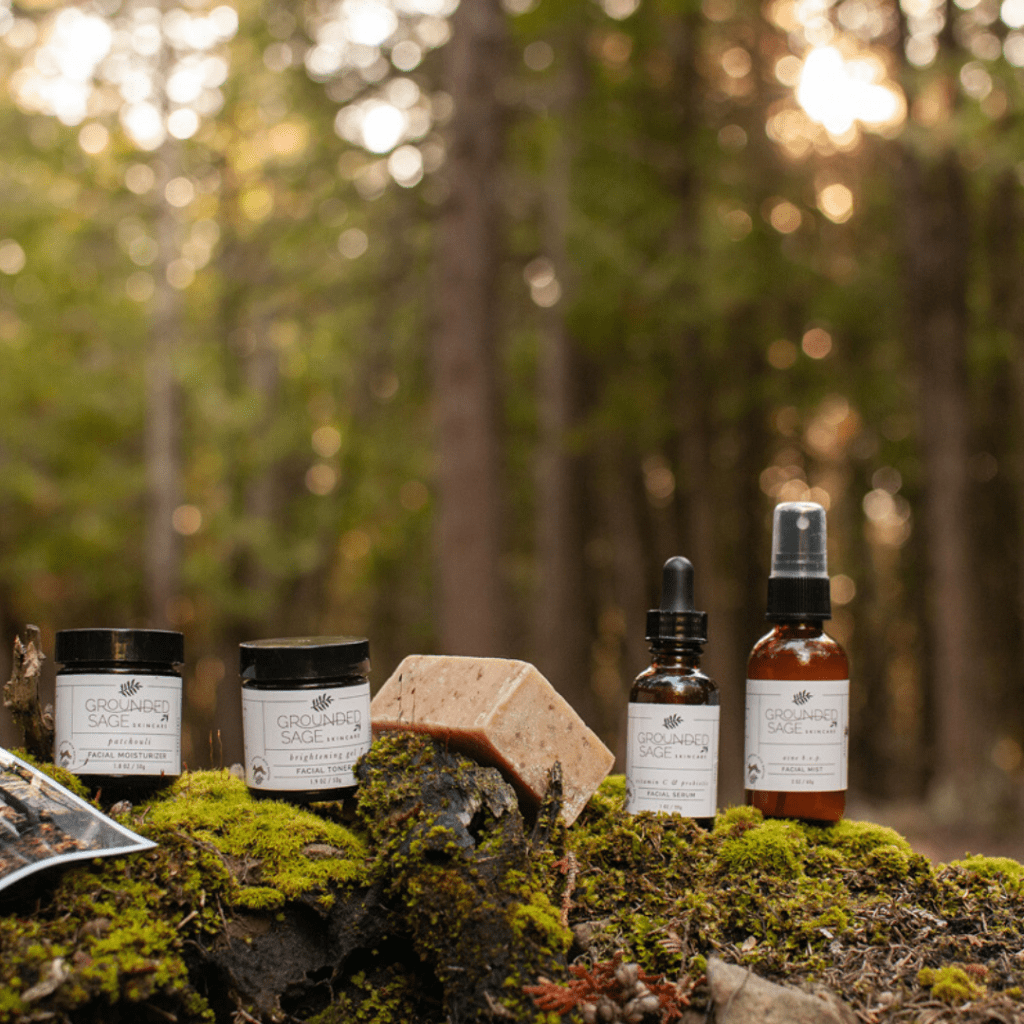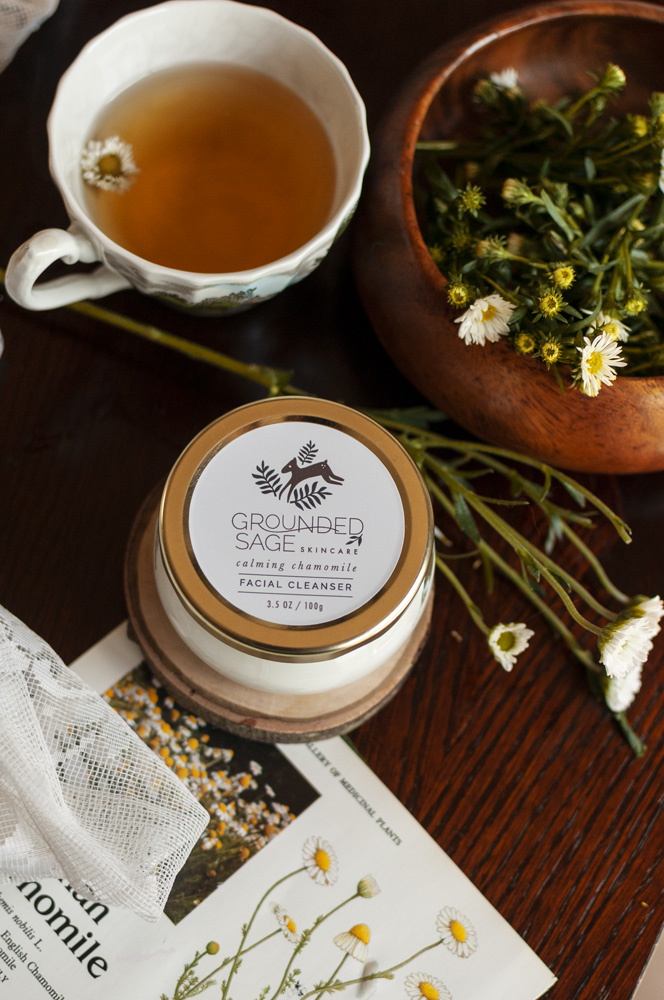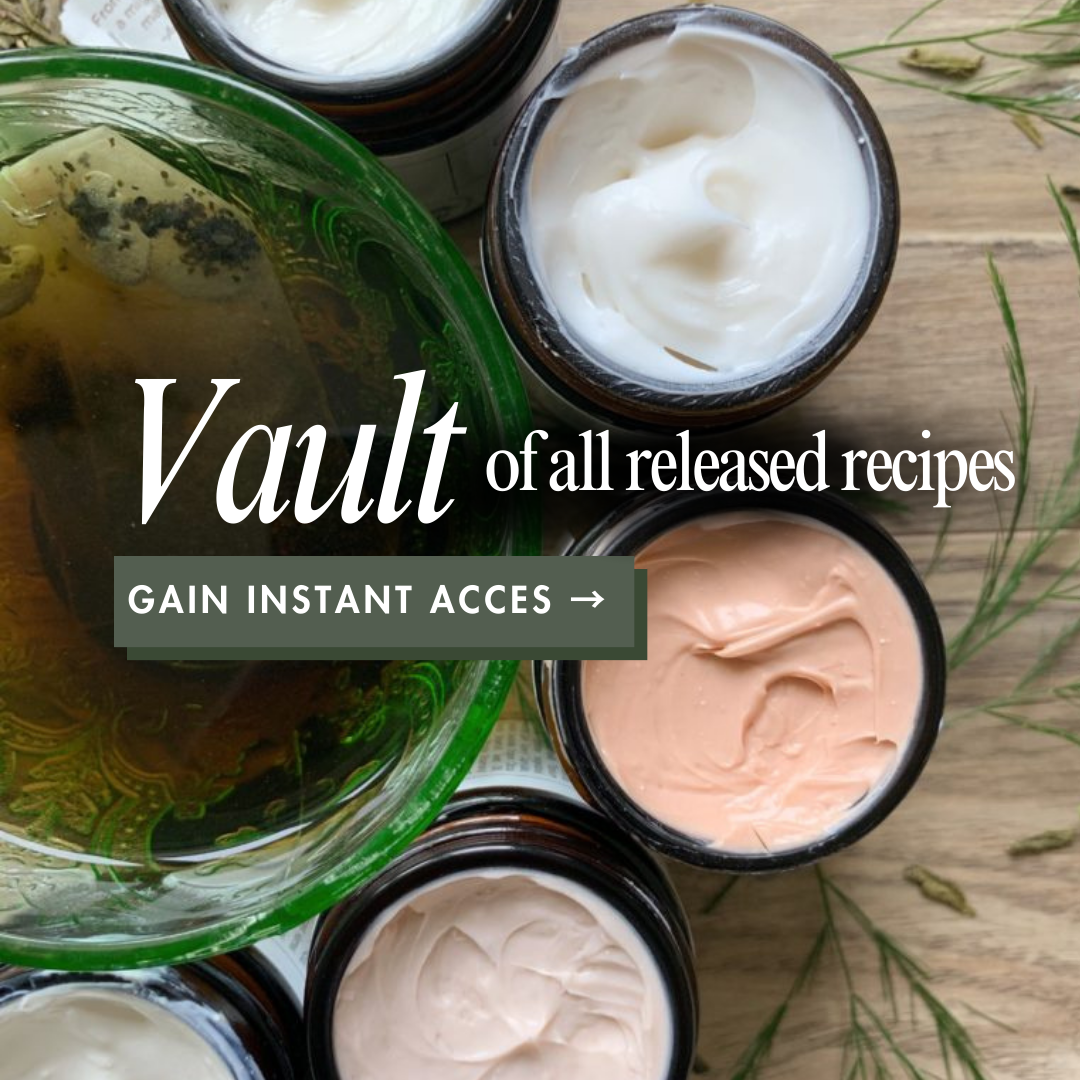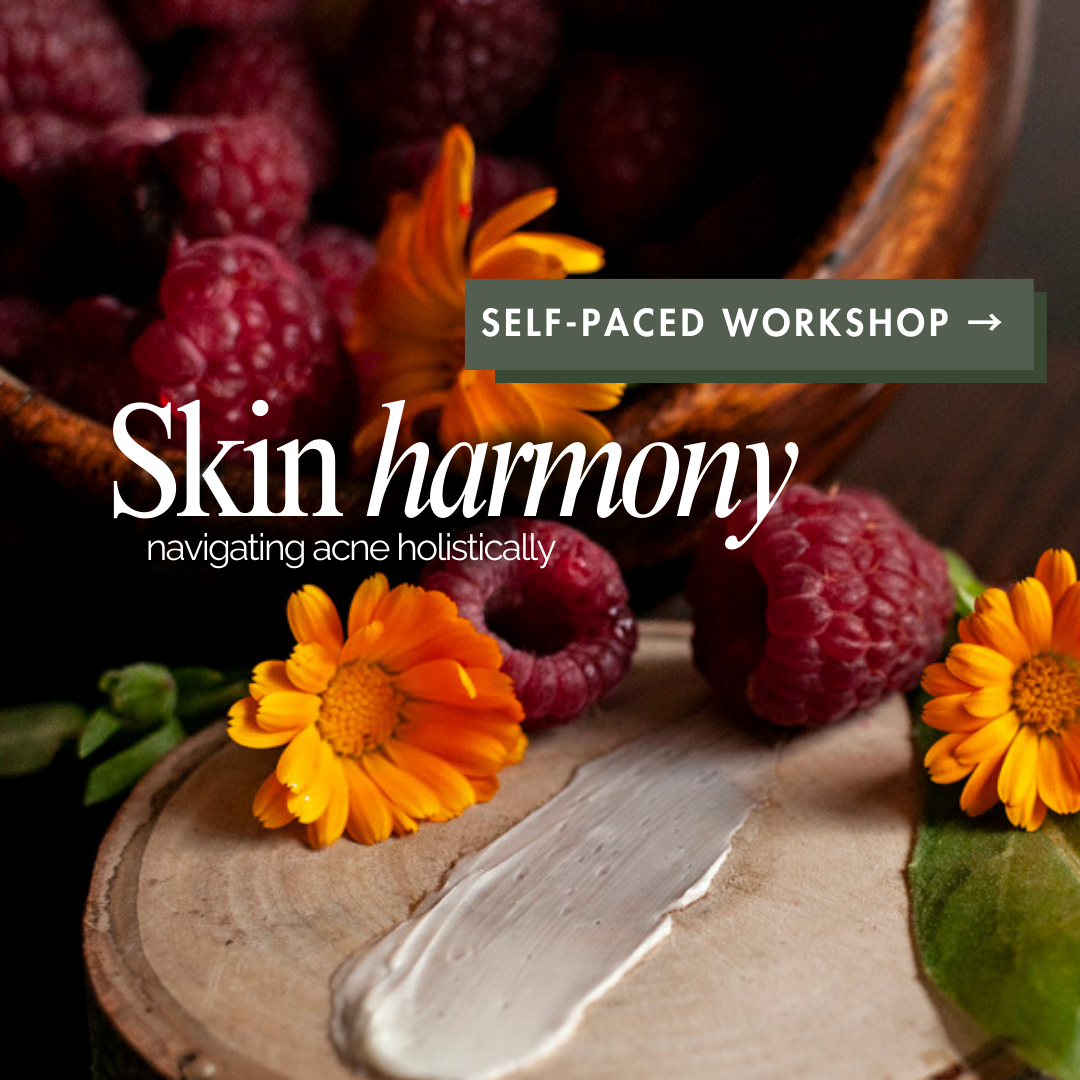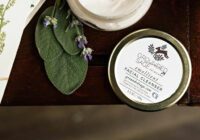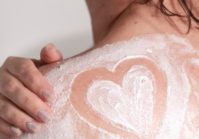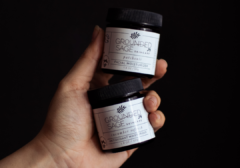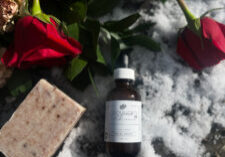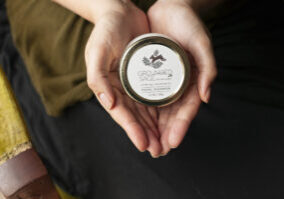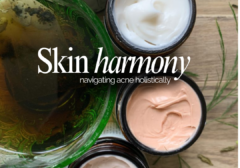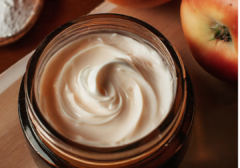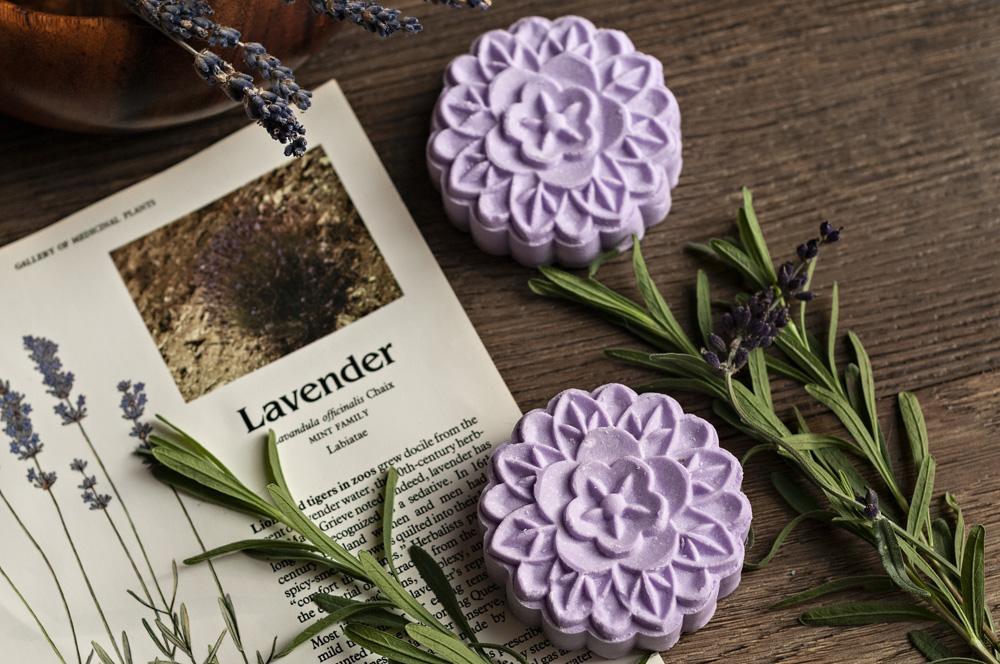The topic of silicone in skincare products when you have sensitive acne-prone skin doesn’t often come up… until it does. Then it opens a whole discussion that ranges from silicones in skincare, in general, to silicone-free skincare brands, to personal experiences vs what the science says, and more.
But let me tackle one aspect of this (often controversial) skincare ingredient and what it means for you if you have sensitive acne-prone skin.
When someone experiences sensitive skin on their face, it’s usually a result of the breakdown of the skin’s protective barrier. This breakdown can be caused by various factors such as environmental triggers, dehydration, underlying skin conditions, or genetic predisposition.
Naturally, we reach for a soothing cream to address the sensitivity, but does that help?
One of the most common ingredients that you’ll find in facial moisturizers and “calming” face creams provides a silky smooth feeling when applied over sensitive skin along with a brief layer of protection, however…
… it doesn’t do your skin any favours in the long run.
In fact, in my 14 years of experience in helping people find the right solutions for calming, balancing, and putting out the flames of inflammation so their skin finally feels cool and comfortable, there’s something that comes up over and over again.
9 times out of 10, each radiant rebel that found their way to Grounded Sage has been using creams that only provided temporary relief at best and significant dehydration and discomfort at worse.
The commonality in all the products is one group of ingredients.
If you’re using products that aren’t from Grounded Sage, go grab any of the facial creams or moisturizers you have and come back to this post. Once you have the creams (and have located the ingredient list on the packaging), check the ingredient list for silicones. For example, dimethicone and cyclopentasiloxane.
Here’s the thing about silicones in skincare …
They show up in so many formulas. At this point, if I’m reading the ingredients list from a drugstore brand or even a high-end brand, I’m surprised if I don’t see silicones included. I’m even more surprised if they aren’t included near the start of the ingredients list (ingredients are listed from highest concentration to lowest on the label).
Since silicones provide a pleasing texture when swiping a skincare product over the skin, they are a go-to ingredient for companies to quickly (and cheaply) provides a good “user experience” during application.
I’m all for that velvety feeling of applying a lux skincare cream; however, what I’m not into is masking skin conditions.
If my skin is trying to tell me that something is wrong or is sending SOS signals (or is downright sore), I want to know about it!
I want to be working towards a solution and provide the largest organ I have (my skin!) with all the support it needs to heal. A quick textural experience won’t cut it.
A quick fix vs long-term improvement.
While I’m not here to say that silicones are unsafe or will cause skin conditions that aren’t already there, I’m saying that they mask symptoms making it harder to keep a close eye on inflammation, hydration levels, sensitivity triggers, etc.
For radiant rebels who have skin like me – that is, skin that’s affected by an autoimmune disease – masking symptoms feels nice on occasion, but symptoms that aren’t addressed with calming, supportive skincare quickly spiral out of control. And once the spiral starts, we all know how much harder it is to get back to a comfortable baseline.
It makes more sense to avoid masking the symptoms and address them instead.
Staring at a handful of skincare products with silicones and want to try a new approach?
If you’re currently struggling to get sensitive skin cooled down and feeling comfortable, my #1 (& silicone-free) recommendation is Calendula & Oat Facial Moisturizer.
If you’re looking for additional recommendations to build a calming skincare routine that doesn’t mask symptoms (so you can know when you’re on the right track), start with the basics, pair back as much as possible and give these products a go:
- Calendula & Cucumber Cleanser, followed by either Calendula Gentle Gel Hydrator or Comfrey & Willow Bark Hydrating Toner (if you have dry patches, go with the toner – it’s a mist that provides a rapid response to knock out inflammation with daily use).
- Top it off with Calendula & Oat Facial Moisturizer. Continue to use the oat moisturizer in your routine (day and night) until your skin is back to feeling comfortable. Then feel free to adjust, tweak, and test out changes to this simple routine.
One more thing…
This time of year is when I see the silicone in skincare trend the most.
I suspect it has to do with folks with sensitive skin increasing their use of products with silicones (aka formulas that mask symptoms making it harder to know how your skin is really doing). While they might not use products with silicones during the rest of the year, the sunscreen they use during the summer is packed with them (even if their usual sun protection doesn’t).
Just something to keep in mind if you find yourself struggling to keep your sensitive skin comfortable this time of year (especially since there are silicone-free sun care options available).
Here’s to calm skin, clear skies, and calendula 🌼!
💚 Jamie
pin for later:


